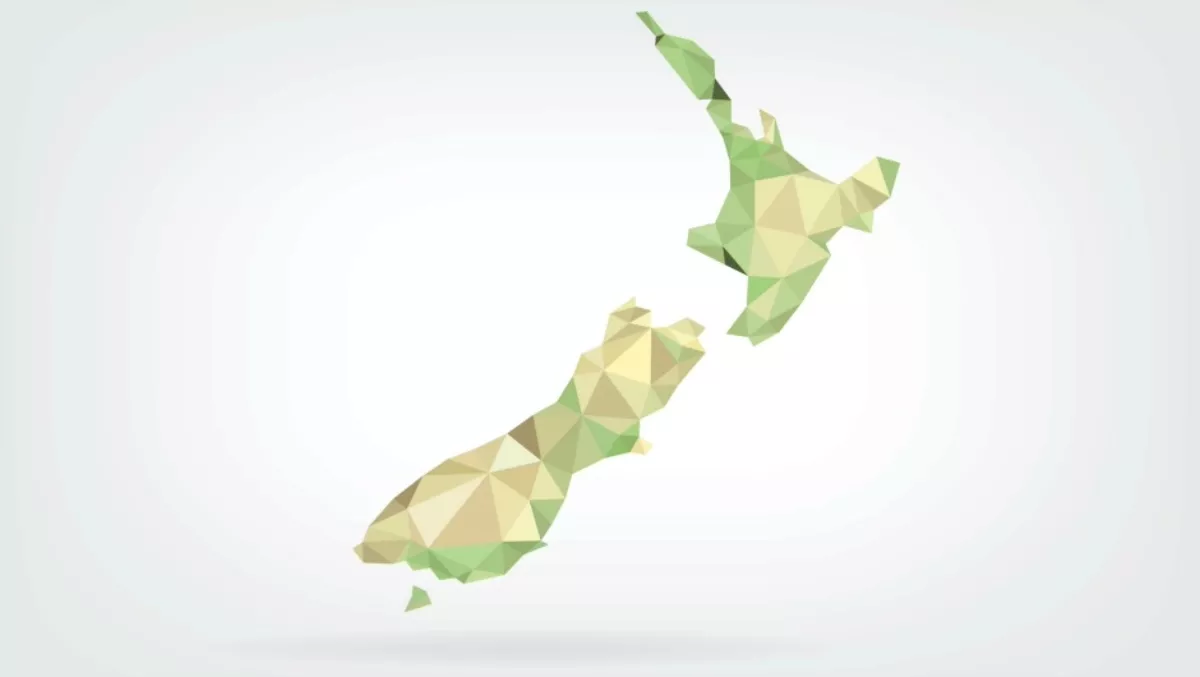
Kordia and Thinxtra’s IoT network extends to 88% of NZ population
Kordia, together with partner Thinxtra, says its dedicated Internet of Things (IoT) network has reached a whopping 88 percent coverage of the New Zealand population.
Currently extending from Invercargill to Whangarei, the business-focused service provider's goal is 95 percent, so it's certainly not far off.
Chief digital officer at Kordia, Aaron Olphert says there has been significant interest in the low power network (which is based on Sigfox technology), and the company is aiming to sell one million IoT connections over the next three years.
"Already, we are seeing pent up demand from companies that recognise the potential offered by the IoT, but also understand that existing connectivity options and the associated costs are not workable," says Olphert.
According to Olphert, the Sigfox network provides the necessary infrastructure through which small mobile IoT sensors can communicate, regardless of location.
"Existing IoT sensors typically need a SIM card at the very least, as well as a powerful battery and / or an alternative power source," says Olphert.
"These existing IoT sensors have the cost and battery life of a mobile phone, essentially making millions or billions of sensors impractical and cost prohibitive.
Olphert says that Sigfox is a direct contrast in that it provides a dedicated, low-power network that brings the cost of connectivity for IoT sensors down to a fraction of existing connectivity.
'Low-power' is an essential characteristic as it means the sensors can be equipped with small batteries that can last for more than a decade.
Safer schools with IoT
Auckland Transport is one of the organisations to already show an interest in the IoT network, as it sees an opportunity to improve school safety by connecting school zone road signs to the network - a proof of concept solution developed by Massey University in conjunction with Auckland-based industrial design company Motiv.
The University was first connected in 2016 and is the first university on both sides of the Tasman to have full Sigfox coverage. It now has coverage at all its campuses and has partnered with Thinxtra to develop IoT solutions.
"Controlling the school signs used to rely on a manual operation, often by the school's receptionist, over a short range RF link. There was no visibility on the status of the signs, which often relied on the public or school to report their condition," says Associate Professor, Johan Potgieter.
"Now the signs are connected to the Sigfox network, real-time information on their status and full control and monitoring is now available on a web application. We were delighted to be involved in one of the first projects using the new IoT network now available in New Zealand, which could revolutionise the ITS (Intelligent Traffic Systems) sector.
Thinxtra and Kordia are also currently working with a range of ecosystem partners on solutions that include agriculture, asset tracking, service-on-demand, road infrastructure and natural resource use cases.

